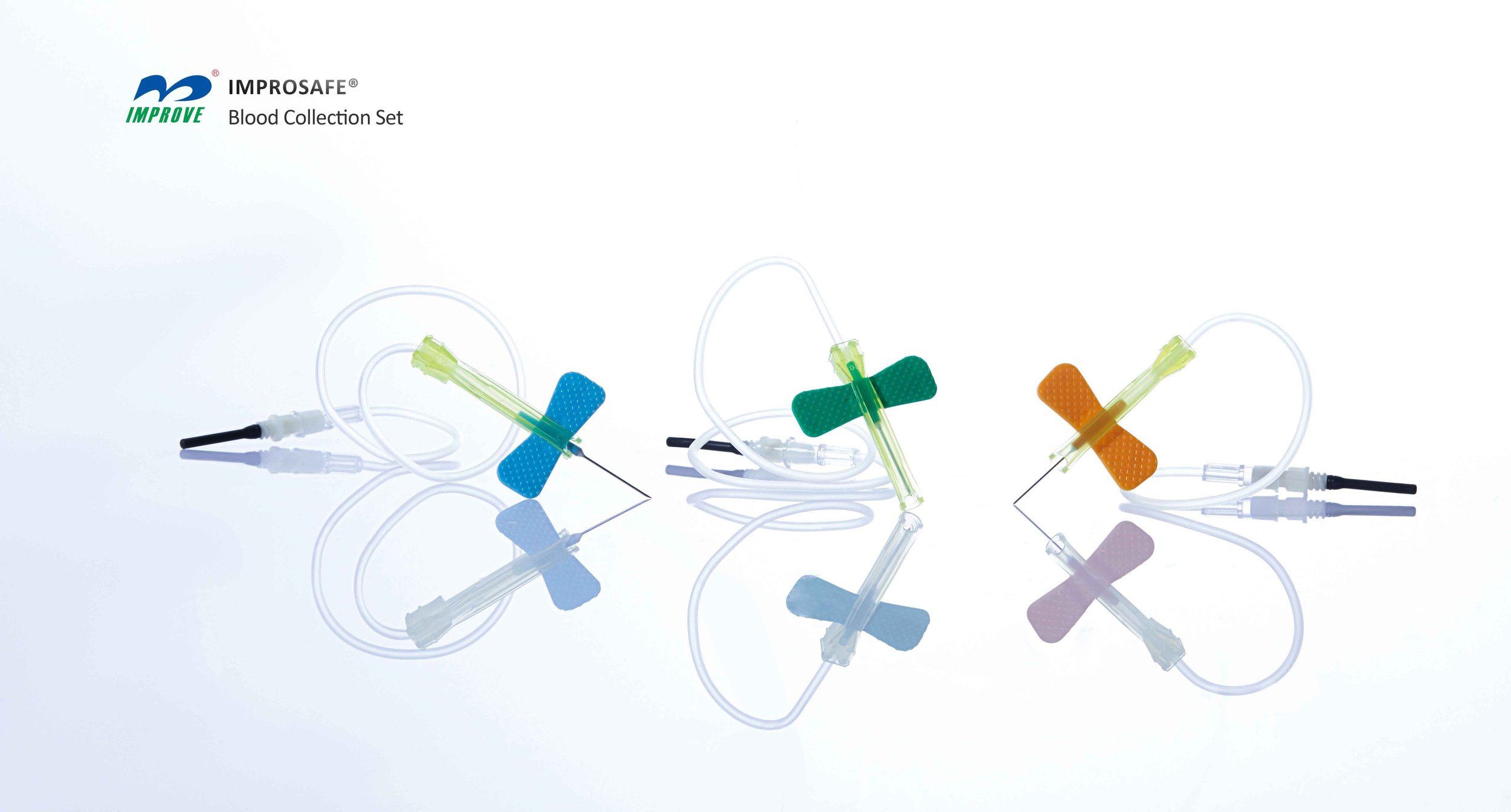Understanding Payment Terms for Phlebotomy Suppliers: Key Differences Between U.S. and Chinese Suppliers
Summary
- Payment terms for U.S. phlebotomy suppliers typically involve a combination of upfront payment, partial payment, and final payment upon completion of services.
- Chinese phlebotomy suppliers may require full payment upfront or a larger deposit due to differences in business practices and financial Regulations.
- Understanding these differences in payment terms is essential for medical labs to make informed decisions when choosing a phlebotomy supplier.
Introduction
Phlebotomy services are essential for medical labs, providing the necessary expertise to draw blood samples for testing. When selecting a phlebotomy supplier, one key consideration is the payment terms offered by the supplier. In the United States, payment terms for phlebotomy services can vary significantly from those in other countries, such as China. Understanding these differences is crucial for medical labs to ensure they choose a supplier that meets their financial needs.
Payment Terms for U.S. Phlebotomy Suppliers
In the United States, phlebotomy suppliers typically offer a range of payment terms to medical labs. These may include:
- Upfront Payment: Some suppliers may require an upfront payment before services are rendered. This can help suppliers cover their costs and ensure payment for their services.
- Partial Payment: Other suppliers may offer a partial payment option, where labs pay a portion of the total cost upfront and the remainder upon completion of services.
- Final Payment: The final payment is typically due upon completion of services and may include any additional fees or charges incurred during the process.
Payment Terms for Chinese Phlebotomy Suppliers
Chinese phlebotomy suppliers may have different payment terms compared to their U.S. counterparts. Some key differences include:
- Full Payment Upfront: Chinese suppliers may require full payment upfront before services are rendered. This can be due to differences in business practices and financial Regulations in China.
- Larger Deposit: Alternatively, Chinese suppliers may require a larger deposit compared to U.S. suppliers. This can help mitigate the risk of non-payment and ensure suppliers are compensated for their services.
- Payment Schedule: Chinese suppliers may also have different payment schedules, such as requiring payment at specific milestones throughout the project rather than a lump sum at the end.
Key Considerations for Medical Labs
When choosing a phlebotomy supplier, medical labs must carefully consider the payment terms offered by each supplier. Some key considerations include:
- Financial Stability: Labs should assess the financial stability of the supplier to ensure they can meet their payment obligations throughout the project.
- Risk Management: Understanding the payment terms can help labs mitigate risks such as non-payment or unexpected expenses that may arise during the project.
- Contractual Agreements: It is essential for labs to have clear contractual agreements in place that outline the payment terms to avoid misunderstandings or disputes in the future.
Conclusion
Payment terms can vary significantly between U.S. and Chinese phlebotomy suppliers in the medical lab industry. Understanding these differences is crucial for medical labs to make informed decisions when choosing a supplier. By carefully assessing the payment terms offered by each supplier and considering factors such as financial stability and Risk Management, labs can ensure they select a supplier that meets their needs and aligns with their financial goals.

Disclaimer: The content provided on this blog is for informational purposes only, reflecting the personal opinions and insights of the author(s) on the topics. The information provided should not be used for diagnosing or treating a health problem or disease, and those seeking personal medical advice should consult with a licensed physician. Always seek the advice of your doctor or other qualified health provider regarding a medical condition. Never disregard professional medical advice or delay in seeking it because of something you have read on this website. If you think you may have a medical emergency, call 911 or go to the nearest emergency room immediately. No physician-patient relationship is created by this web site or its use. No contributors to this web site make any representations, express or implied, with respect to the information provided herein or to its use. While we strive to share accurate and up-to-date information, we cannot guarantee the completeness, reliability, or accuracy of the content. The blog may also include links to external websites and resources for the convenience of our readers. Please note that linking to other sites does not imply endorsement of their content, practices, or services by us. Readers should use their discretion and judgment while exploring any external links and resources mentioned on this blog.
